FastHDR
Most 3D scenes are lit by an HDRI – this is called image-based lighting. We found a way to make HDRI loading in three.js and Needle really nice.
HDR environments in the FastHDR format load 10x faster than EXR and 5x faster than UltraHDR. They also use 95% less GPU memory, and don't cause stuttering during loading.
On this page, you find free-to-use environments in this format. You can use them in Needle Engine, or any three.js-based app.
"KTX2-supercompressed Prefiltered Mipmapped Radiance Environment Maps in UASTC HDR 4x4 format" just doesn't roll off the tongue, but if you want to learn more, check out our technical deep-dive article.
Get Environments Read the article
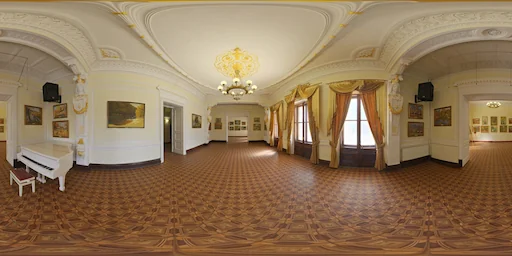 Ballroom
Ballroom 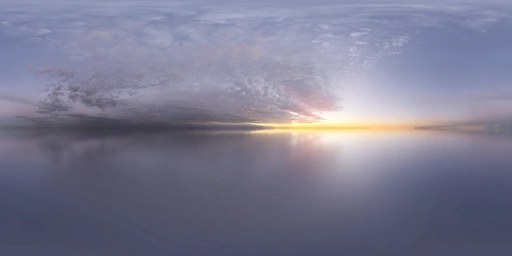 Belfast Sunset
Belfast Sunset 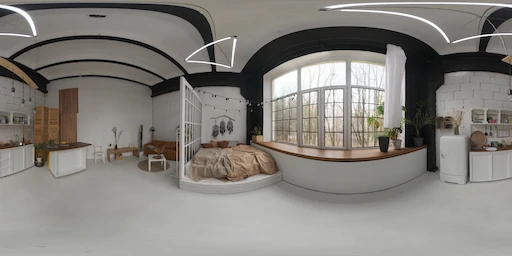 Brown Photostudio
Brown Photostudio  Canary Wharf
Canary Wharf 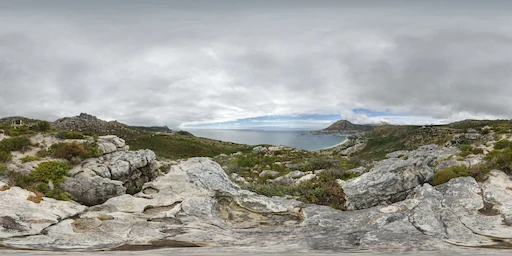 Cannon
Cannon 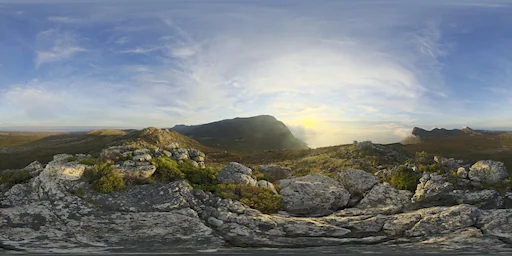 Cape Hill
Cape Hill  Cayley Interior
Cayley Interior 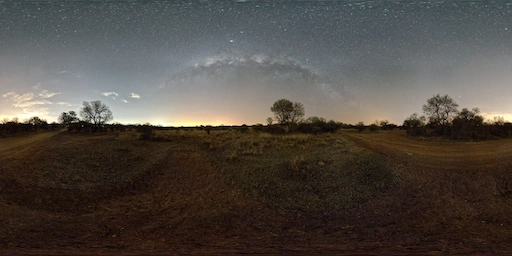 Dikhololo Night
Dikhololo Night 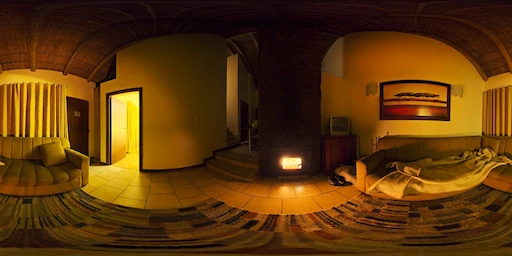 Fireplace
Fireplace  Partly Cloudy
Partly Cloudy  Kloppenheim 02
Kloppenheim 02 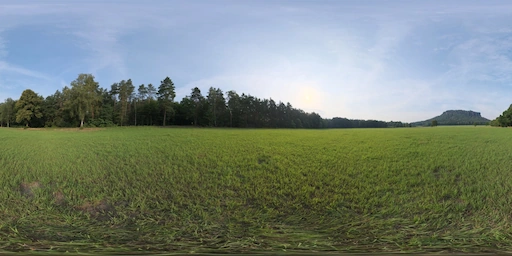 Lilienstern
Lilienstern 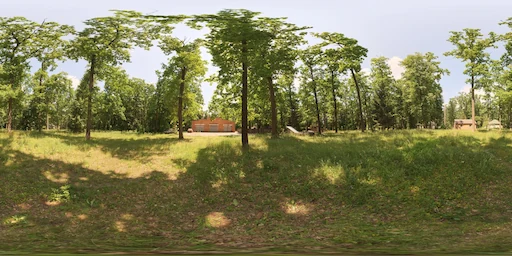 Meadow
Meadow 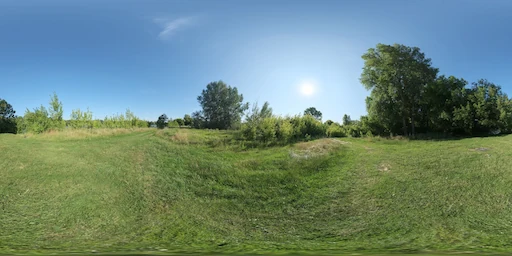 Meadow 2
Meadow 2  Metro Noord
Metro Noord 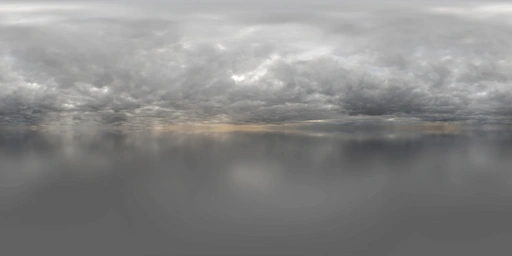 Overcast Soil Puresky
Overcast Soil Puresky  Peppermint Powerplant
Peppermint Powerplant  Photo Studio 01
Photo Studio 01  Photo Studio Loft Hall
Photo Studio Loft Hall 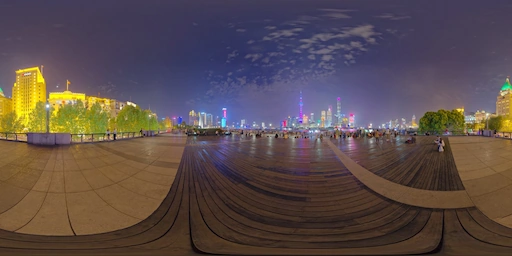 Shanghai Bund
Shanghai Bund 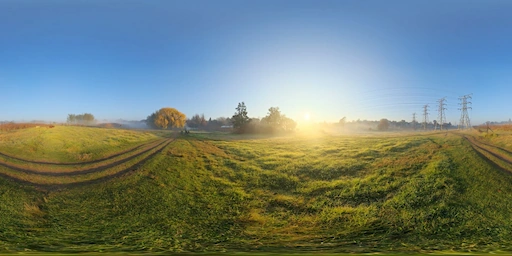 Spruit Sunrise
Spruit Sunrise 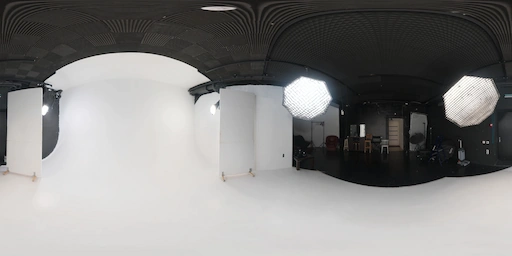 Studio Small 09
Studio Small 09 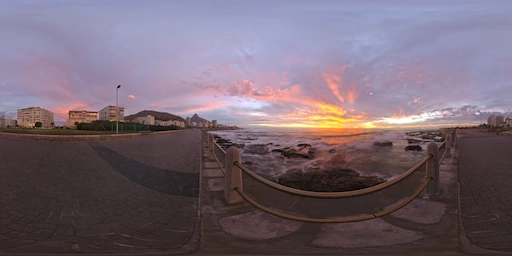 The Sky is on Fire
The Sky is on Fire 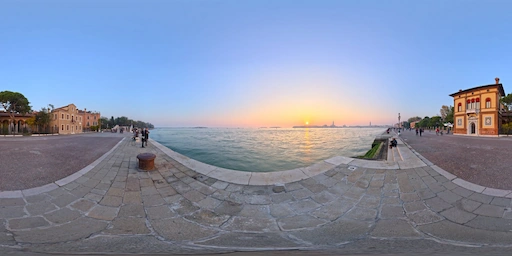 Venice Sunset
Venice Sunset 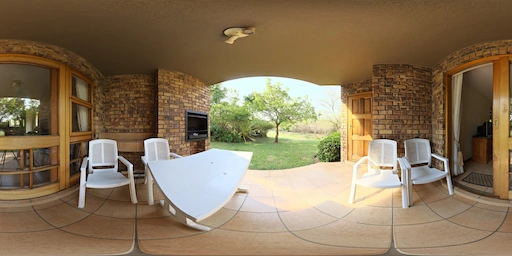 Veranda
Veranda 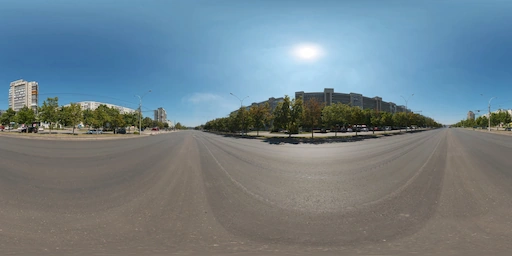 Wide Street 01
Wide Street 01
Create your FastHDR environments
FastHDR is strictly better than EXR/HDR and in most cases also better than the UltraHDR (gainmap) format. It loads much faster than both. GPU memory is 90% lower. File sizes are 90% smaller than EXR and comparable with UltraHDR.
We're working on a way for you to process your own HDRIs into the FastHDR format. We'll let you know once custom HDRI → FastHDR processing is available!
How to use FastHDR
FastHDR environment textures are ready to be used in any three.js app today with just a few lines of code.
Click here to get copy-&-paste-ready code for your three.js, react-three-fiber or Needle Engine app.
Comparison: FastHDR vs. EXR and UltraHDR
Get notified once the tools are ready!
We're working on a way for you to process your own HDRIs into the FastHDR format. We'll let you know once custom HDRI → FastHDR processing is available!
Technical Info
GPU-Native Compression
KTX2 uses hardware-accelerated compression formats that stream directly to VRAM. Other files need to be expanded into giant bitmaps on the CPU. So even with UltraHDR files being smaller on disk, they load much slower and need more memory.
Small Files
EXR and HDR files are large. A 2k file clocks in at about 5 MB, while a 4k file is around 20–25 MB. FastHDR files, on the other hand, are usually 75% smaller – 2 MB for 2k, 7 MB for 4k resolution.
Universal Compatibility
FastHDR files are KTX2 files in the UASTC HDR 4x4 format. It's a supercompression format specified by the Khronos Group. Files can be transcoded to a GPU-friendly format on every platform.
Better Performance
FastHDR loads without any frame drops. Your page will feel more responsive, with faster load times and smoother transitions.